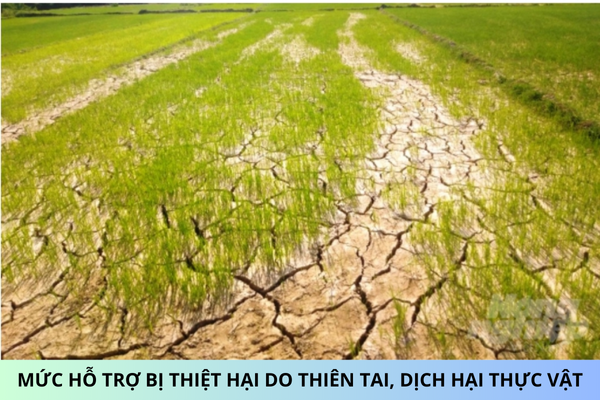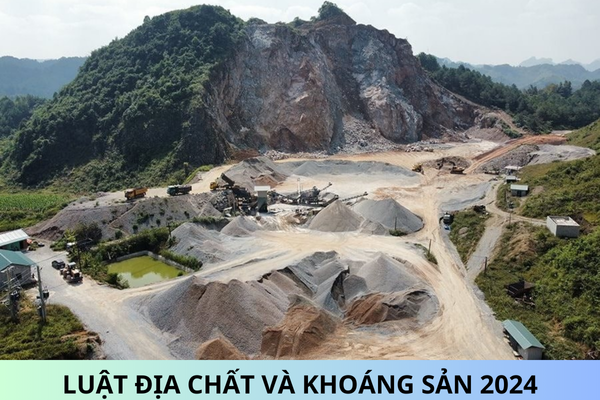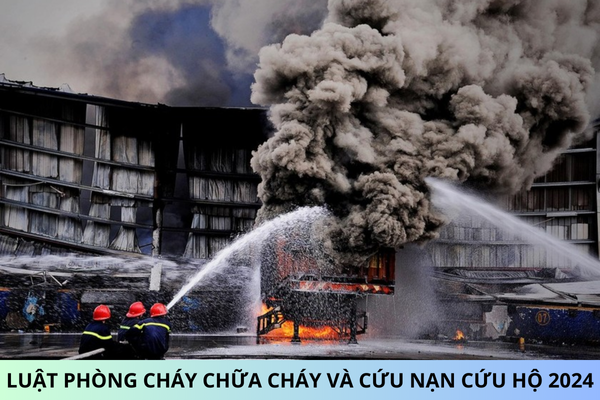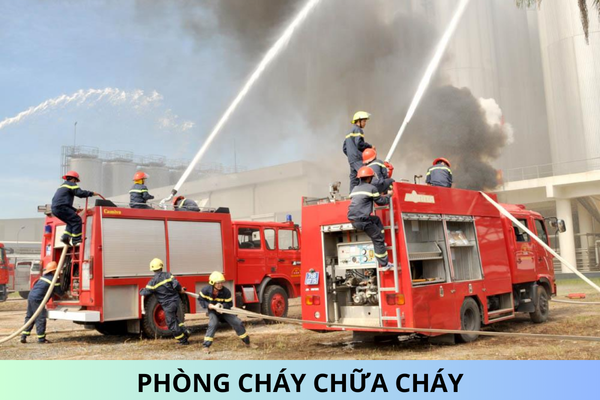Editing, determining value of documents and preserving archives in natural resources and environment in Vietnam
What are law regulations on work of editing, determining the value of documents and preserving archives in natural resources and environment in Vietnam? Please advise.
Editing, determining value of documents and preserving archives in natural resources and environment in Vietnam
Pursuant to Article 15 of technical regulations and economic-technical norms on the collection, storage, preservation and provision of information and data on natural resources and environment, Circular 03/2022/TT-BTNMT (effective from April 15, 2022) has regulations on editing and determining value of documents in the field of natural resources and environment as follows:
1. Agencies and organizations are responsible for editing documents within their scope of management.
2. Documents after editing must meet the basic requirements as prescribed in Clause 2, Article 15 of the Law on Archives.
3. Determination of document value must ensure basic principles, methods and standards as prescribed in Article 16 of the Archives Law and must meet the following requirements:
a) Identify documents that need to be preserved permanently and documents that need to be preserved for a period of time measured in years;
b) Identify documents that have no value and need to be removed for destruction.

Editing, determining value of documents and preserving archives in natural resources and environment in Vietnam (Image from the Internet)
Preservation of archival documents in natural resources and environment in Vietnam
Pursuant to Article 16 of technical regulations and economic-technical norms on the collection, storage, preservation and provision of information and data on natural resources and environment, Circular 03/2022/TT-BTNMT (effective from April 15, 2022), there are regulations on preservation of archival documents in the field of natural resources and environment as follows:
1. Documents before being warehoused must be disinfected, cleaned, and checked to compare the actual data of warehoused documents and statistical data.
2. Documents stored in the warehouse must be organized in boxes (briefcases), shelves (cabinets); Each box (pair) and shelf (cabinet) must be labeled with complete information for statistics and searching.
3. Organize document storage according to each category
a) Organize the storage of documents in the warehouse according to types of documents with the same processing material. Ensure appropriate warehouse environmental conditions for preserving each type of document (temperature, humidity), paper documents are required to be arranged in separate storage, film documents, digital documents are arranged in the warehouse or separate storage;
b) In case the storage unit or organization cannot arrange a separate warehouse, it must ensure that the storage media is stored in specialized cabinets, minimizing the impact of external environmental conditions.
4. Requirements for preservation of paper documents
a) Arrange documents properly to ensure air circulation in the warehouse;
b) Carry out maintenance and cleaning of warehouses, shelves and other document storage tools regularly and periodically;
c) Prevent and combat natural agents such as humidity, light, temperature and the invasion of microorganisms, insects and animals that cause document destruction;
d) Implement fire, explosion and flood prevention and control for document warehouses such as planning, disseminating, practicing and rehearsing plans to prevent and respond to incidents related to fire, explosion and flooding and other natural disasters and disasters;
d) Evaluate documents with long-term storage value to have appropriate preservation plans and measures when an incident occurs. Rare documents must be converted to digital format for storage, exploitation and use. Original documents are severely damaged or rare documents that do not allow readers to use the originals directly, only copies and digitized copies are allowed;
e) Check, monitor and evaluate the risk level of warehouses and documents periodically.
5. Preservation requirements for digital archives
a) Implement digital information security and safety measures, periodically back up data, and ensure input data standards;
b) Preserve and regularly check the operation of data storage devices;
c) Implement measures to prevent and combat viruses and malicious code, ensure information safety and security for management software systems and provide digital documents;
d) Develop a contingency plan for malicious attacks in cyberspace and have data recovery measures in case of data loss.
6. Preservation requirements for audio and visual documents, film documents and other specific types of documents
a) Implement measures to ensure environment, temperature, humidity, and protective packaging for magnetic tapes, optical discs, and storage devices;
b) Digitize audio and visual documents to ensure format quality, preservation environment, and compliance with technology standards to limit technological obsolescence;
c) Store documents in the form of films, microfilm, and microfiche in containers under controlled climatic conditions; Regularly check and measure signs of deterioration and damage to promptly prevent infection to other documents;
d) Ensure a stable storage environment in terms of temperature, humidity, ventilation, and prevent destructive agents; appropriate to the characteristics of each other document form including: zinc plate, woodblock or other forms (if any).
7. For archives or volumes of archived documents that are still arising, additional records and documents must reserve a storage location for the volume of documents arising for at least 05 years.
8. Document and update document specification data into the Electronic Resources and Environment Document Management System to manage, exploit and provide documents.
Best regards!










